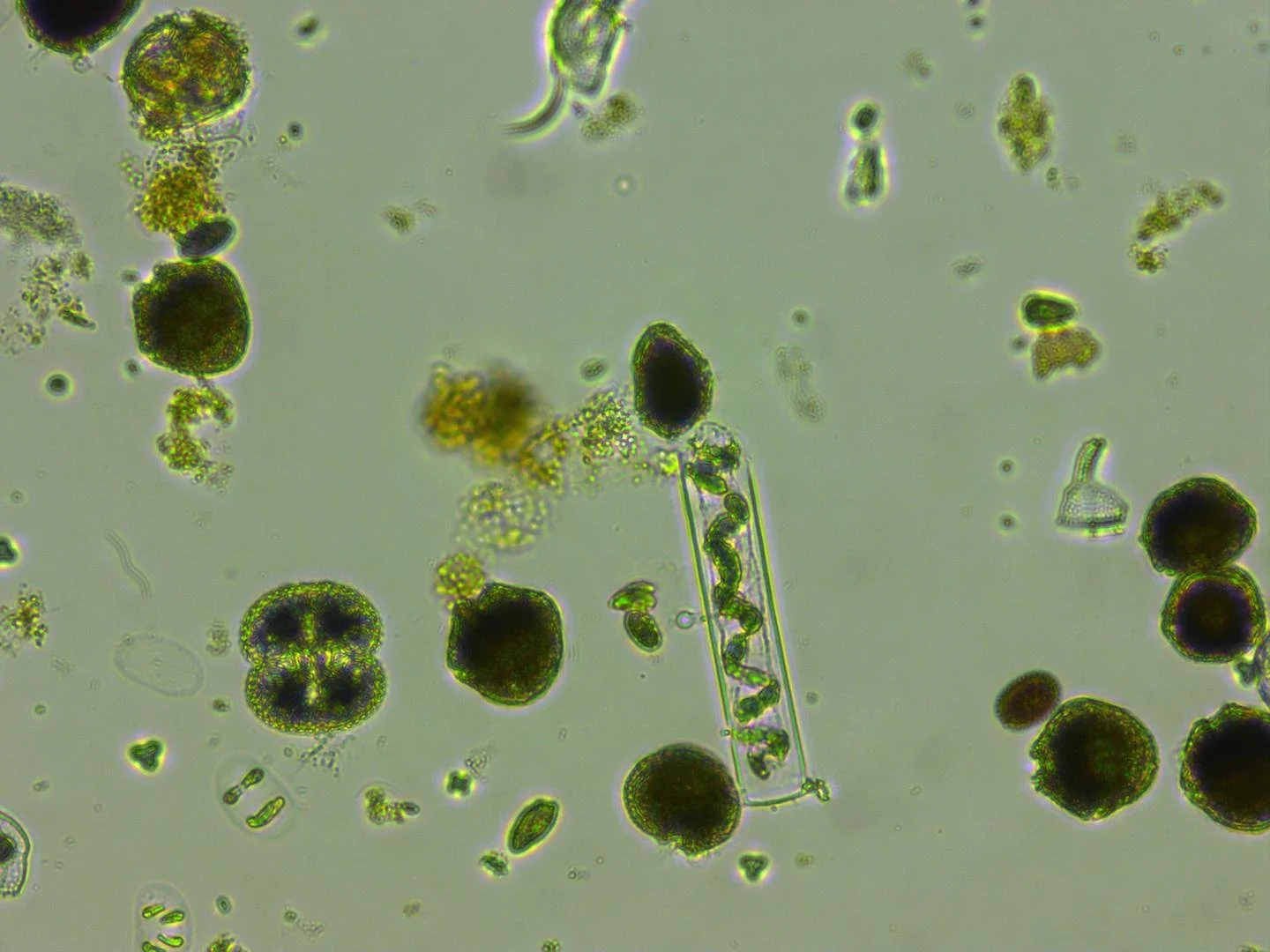What’s The “Green” Mean? The Importance of Phytoplankton
By: Mackenzie Perry
Tampa Bay Talk- Let's Paint a Picture
When you think of Tampa Bay, what color do you see? Crystal blue waters, maybe a bit turquoise or even a dark royal blue... but what about when the water appears green? Green coloring in water bodies is often associated with harmful algal blooms. However, this green tint is more than just algae; it’s a primary indicator of the health of Tampa Bay. The organisms behind the scenes allow us to determine water quality and seagrass bed stability- two vital factors supporting the health of Florida’s estuary.
A Bit of Background
The euphotic zone of the ocean (layers where the sun penetrates) is home to billions of microscopic organisms known as phytoplankton. These creatures photosynthesize sunlight and carbon dioxide to produce oxygen and glucose. They are primary producers of Tampa Bay’s estuary, making up the base of the food chain. Phytoplankton supports zooplankton, another common organism in estuarine ecosystems, which makes up a great amount of food source for estuarine organisms. If the base of the food chain were to exceed normal populations, the populations of other organisms would increase or decrease from the normal numbers, resulting in devastating impacts to the estuary
Behind The Green Screen
Phytoplankton contains chlorophyll, a green pigment present in most plants, which absorbs light energy and contributes to the green appearance of the Bay. The level of phytoplankton activity is found via the concentration of chlorophyll, which tells us the water quality of Tampa Bay. Higher levels of chlorophyll may be indicative of pollutants or harmful substances in the water, while lower, more average levels indicate that the proper amount of nutrients is present.
Seagrass Stabilizers
Seagrass beds rely on phytoplankton for a healthy habitat. These beds provide nurseries, shelter, and food for juvenile fish and shellfish. In addition, Florida’s manatee population heavily relies on healthy seagrass beds to survive. Excess nutrient pollution, often excess nitrogen from wastewater and storm water runoff, poses a great threat to seagrass beds. Phytoplankton will reproduce at a higher rate in response to the nutrients, making an area overpopulated with what is called an algal bloom. Algal blooms act like a curtain to the sunlight, making water murky and preventing sunlight from reaching phytoplankton. As a result, oxygen levels deplete with the decrease in photosynthesis, adversely impacting seagrass beds and fish species that rely on these factors.
In summary, the color appearance of Tampa Bay is much more than what meets the eye. The billions of phytoplankton contributing to this color tell us all about the health of the estuary, and keep the other organisms supported throughout their life spans. We can collect pertinent information through chlorophyll concentration analysis that will allow us to support the Bay every day.

